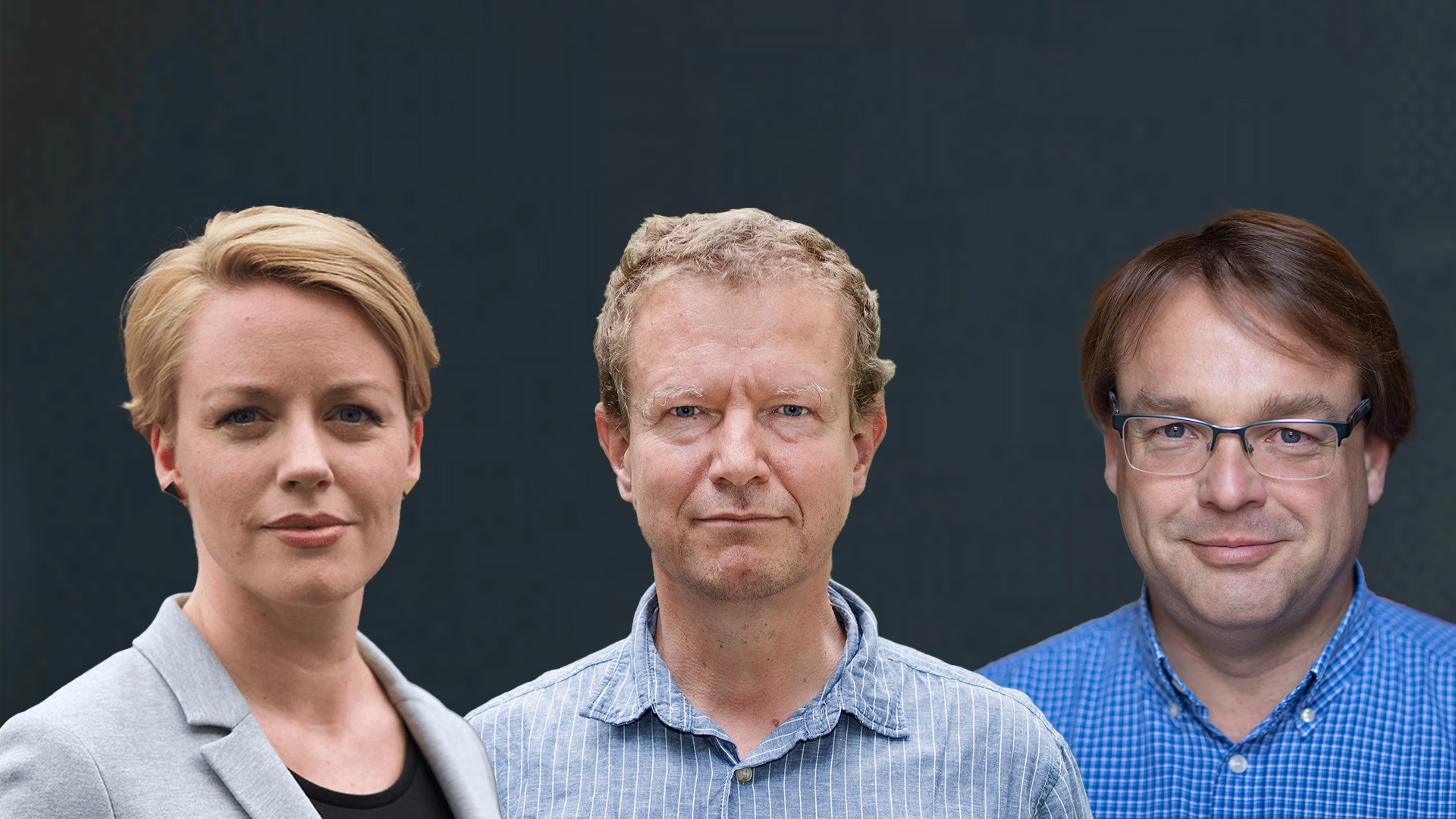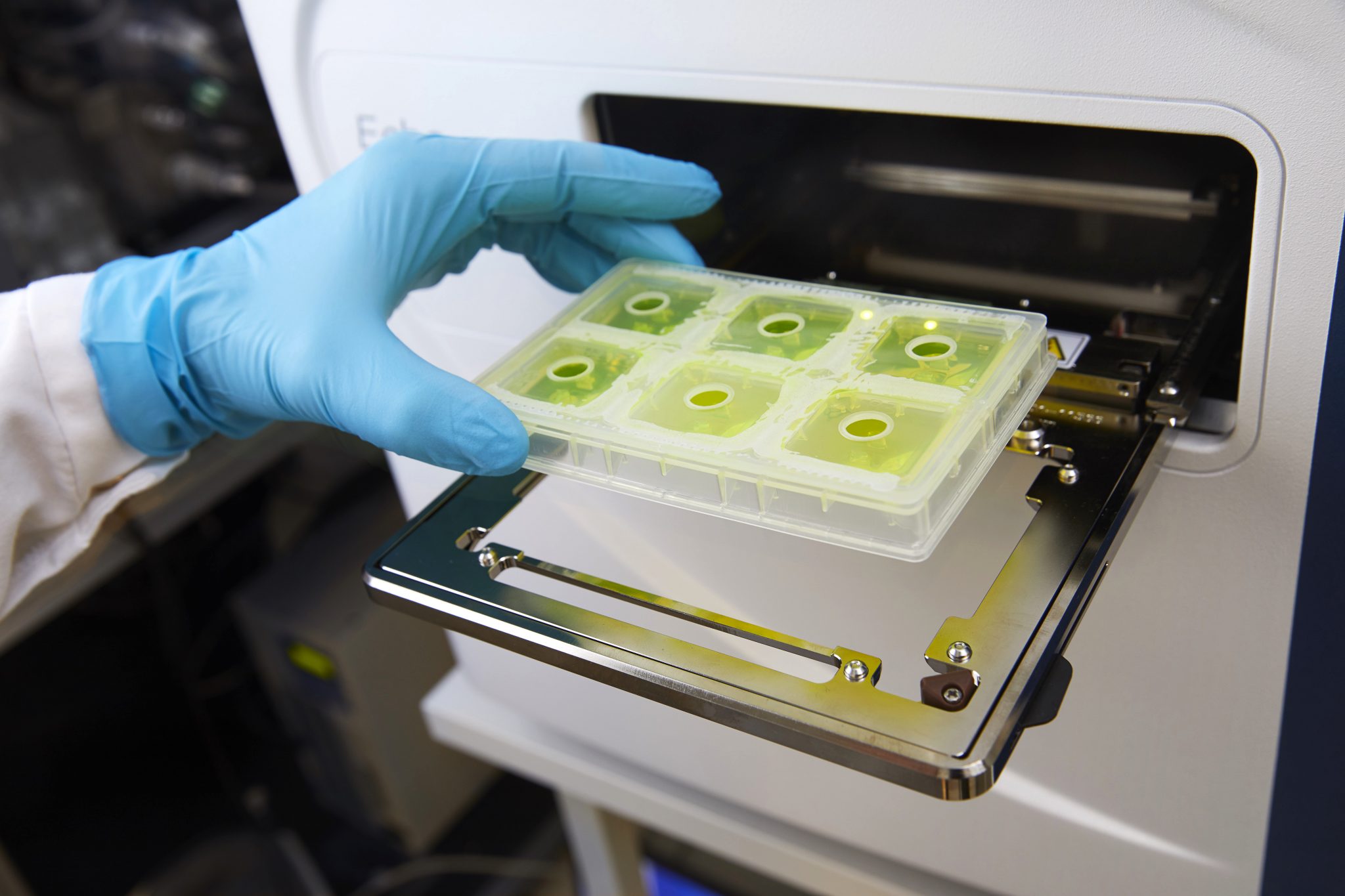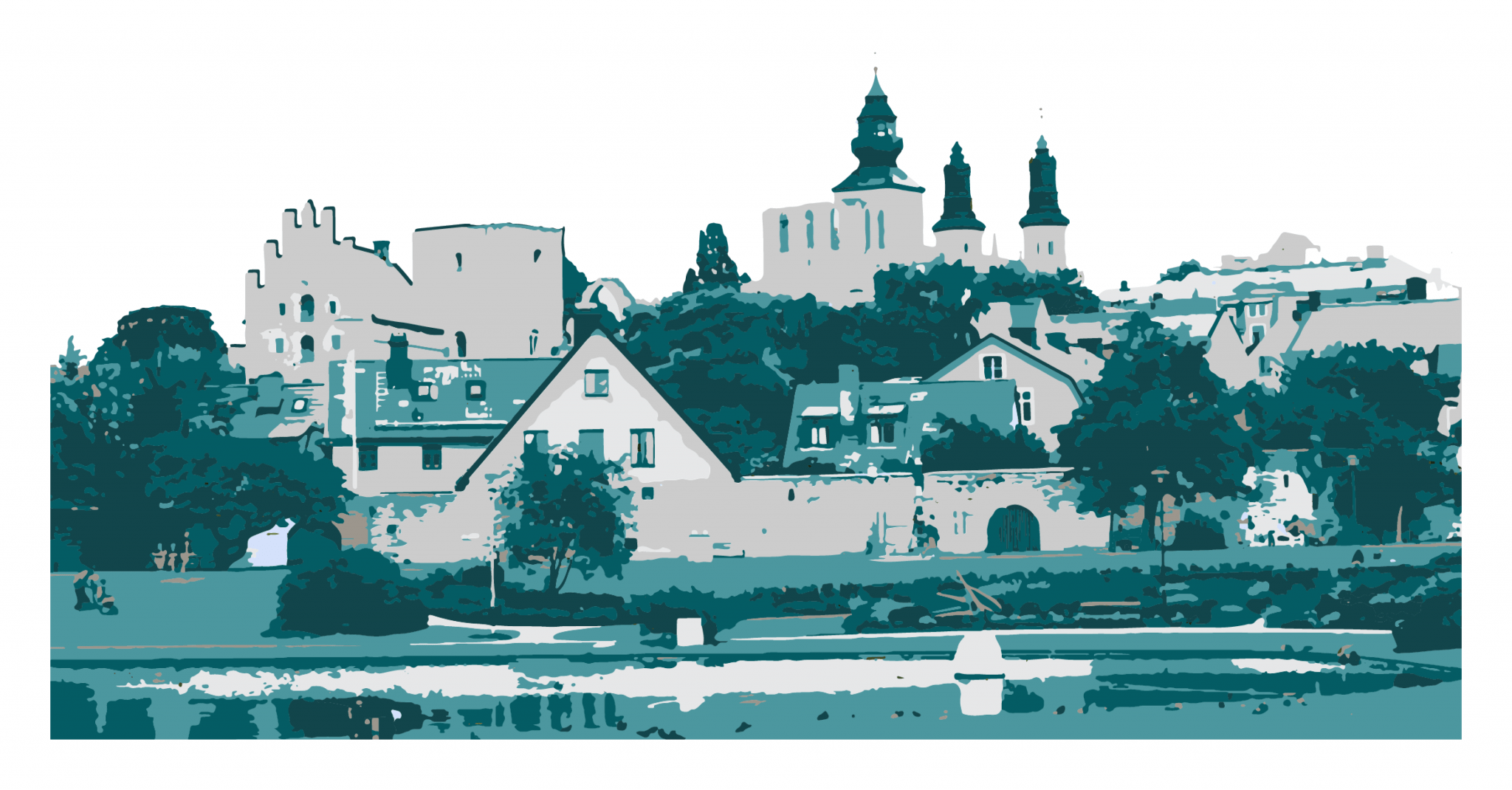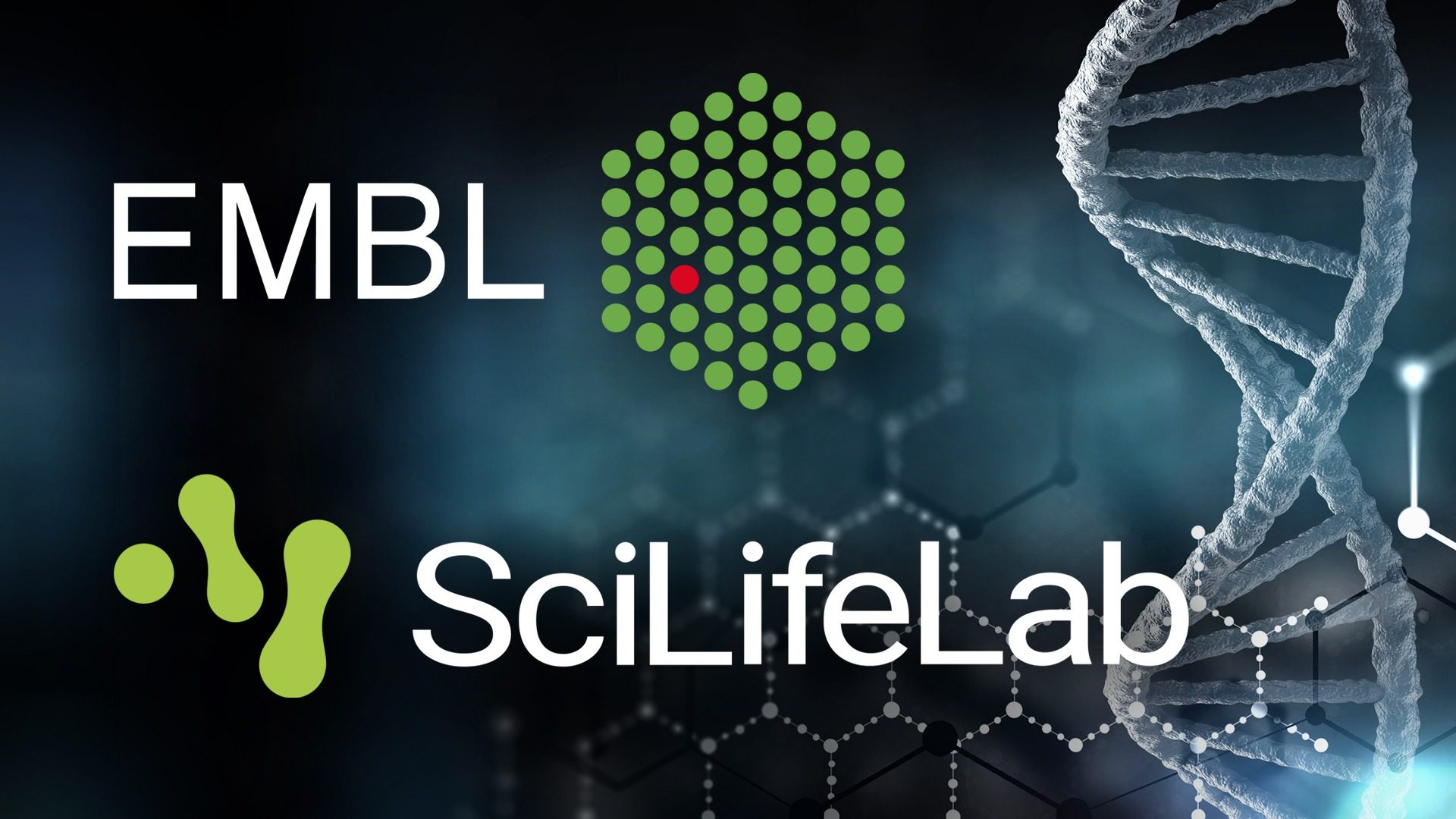The genetic prehistory of the New World Arctic
The New World Arctic, the last region of the Americas to be populated by humans, has a relatively well-researched archaeology, but an understanding of its genetic history is lacking. SciLifeLab researchers present genome-wide sequence data from ancient and present-day humans from Greenland, Arctic Canada, Alaska, Aleutian Islands, and Siberia.
In their study they show that that Paleo-Eskimos (~3000 BCE to 1300 CE) represent a migration pulse into the Americas independent of both Native American and Inuit expansions. Furthermore, the genetic continuity characterizing the Paleo-Eskimo period was interrupted by the arrival of a new population, representing the ancestors of present-day Inuit, with evidence of past gene flow between these lineages. Despite periodic abandonment of major Arctic regions, a single Paleo-Eskimo metapopulation likely survived in near-isolation for more than 4000 years, only to vanish around 700 years ago.




